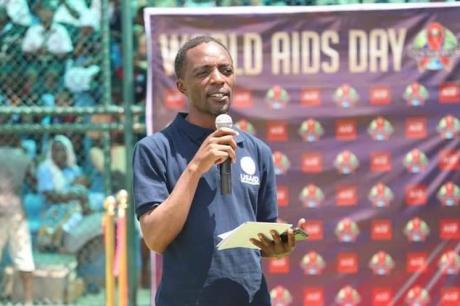July 2, 2011
By Katherine Donato
Right now I’m sitting outside the dorm where my team is living enjoying the last hour or so of sunlight for the day. I’ve got the music of “Big Fun”, a new neighboring recreational center, playing in the background, and, since we live on top of a hill, a great view of the outskirts of Mbarara in front of me..a nice backdrop for my second blog post!
Over the past few days we’ve visited a variety of health centers and hospitals in and around Mbarara. We’ve seen the rural health centers out in the subcounties of Kashongi and Kitura, the regional public hospital in Mbarara (where all care is free and government funded), and the private hospital, Mayanja Memorial Hospital (MMH) in Mbarara, which is associated with the local non-profit we work with, Mayanja Memorial Hospital Foundation (MMHF). Not being a pre-med student (as most of my fellow students are), I don’t have a lot of background on which to judge the institutions, but I figured I’d still share a few of my first impressions.
I was surprised to find that one of the rural institutions we visited had a lab where the nurses could test for things like malaria, HIV, TB, and other illnesses with various technologies, all of which were possible without having electricity. Mayanja Memorial Hospital, the private hospital, was also pretty impressive, with what looked like fairly high-tech equipment, a fair amount of space for each patient, and a clean and visually appealing environment.
After meeting with the head of the hospital, it is clear that the organization has ambitions to expand a lot more and to be able to offer more and more services. We started our tour of the regional hospital with a tour of the adjacent Mbarara University for Science and Technology (MUST), which started out as a more or less standard university tour of classrooms, libraries, dorms, etc. Then, we went into the classrooms with what were obviously cadavers covered up by black tarps, which was a bit of a shock for me! I wasn’t sure how I was going to react to being around dead bodies, so initially I was keeping myself quite close to the door in case I needed to make a quick exit! The professor there showed us three bodies, which were not as difficult to see as I expected since they were very dried out and looked more like mummies than human beings.
We then moved over to the regional hospital, which was quite different from MMH. It has a capacity of several hundred beds, but as was obvious from walking around, the hospital was operating over capacity. We were taken around through many of the wards, which was a bit uncomfortable for those of us coming from an American perspective where we expect patients to have a high level of privacy. I think the most shocking area for most of us was walking through the labor room where women were in various stages of delivery, including one who had just given birth and was naked. The nurse taking us around interpreted our hesitation as being scared of the newborn babies, but, at least for me, that was the part I was most comfortable observing!
While touring, we learned that the hospital has a patient to nurse ration of 30 to 1, and a doctor to patient ratio of 60 to 1. From discussions with administrators and nurses there, it seems this understaffing comes from a combination of few medical schools and a brain drain of trained providers, mostly to Europe and South Africa. Our Ugandan hosts have been most welcoming since we’ve been here. Last night we had a “welcome dinner” goat roast, and we’ve all been invited to an after-party for a Ugandan wedding later this evening! The goat roast was a lot of fun, but our time to “shake our bones”, as the Ugandans say, was cut short when the stereo system went out. Fortunately, we’ll have more time for dancing with our new Ugandan friends later this evening at the wedding after-party!



